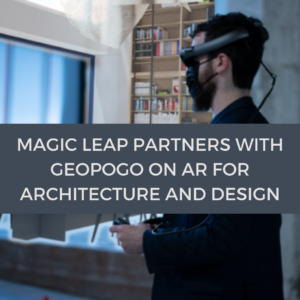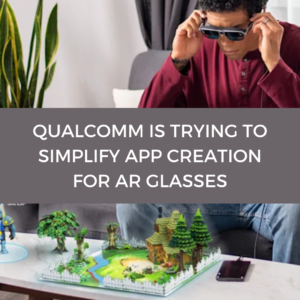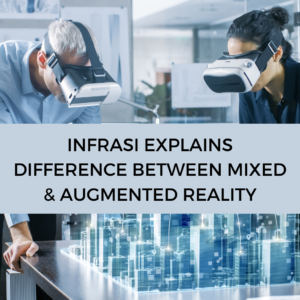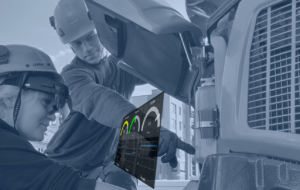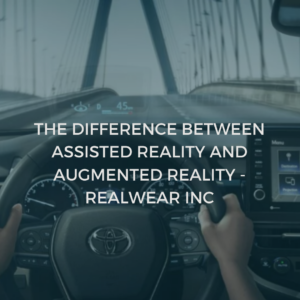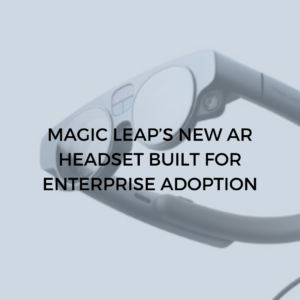Visor-Ex® 01 – Collaboration between ECOM Instruments and IRISTICK
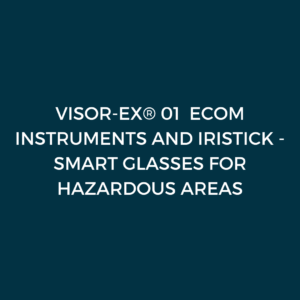
The Pepperl+Fuchs brand ECOM Instruments introduces Visor-Ex® 01 smart glasses for industrial use in hazardous areas.
The intelligent wearable, weighing just 180 g, combines high camera / display quality and reliable communication features in an ergonomic design for user’s utmost comfort. This provides mobile workers with an optimal companion for tasks that require hands-free use as well as continuous communication, for example with a remote expert.
This product is the result of a longterm close collaboration between ECOM Instruments and IRISTICK, bringing together ECOM’s in-depth knowledge of the requirements of hazardous areas with IRISTICK’s profound experience of smart glasses development.
Innovative tool for the mobile worker in hazardous areas
A total of three integrated cameras transform Visor-Ex® 01 into the remote expert’s bionic eye. Two 16-megapixel cameras are centrally positioned to depict the wearer’s natural field of vision – this way the remote expert views what is happening from the same angle and perspective as the mobile worker. A secondary camera offers a 6x optical zoom for zooming in without loss of quality and fast scanning of barcodes and QR codes. The system utilises the ECOM Smart-Ex® 02 smartphone for hazardous areas as a computing unit with LTE connectivity and a pocket unit with a replaceable battery for power supply, all combined in an intelligent ecosystem for a wide range of application scenarios in the industrial sector.
The distribution of functions across the individual system components helps to minimise the weight of the headset unit – without compromising on performance, connectivity or battery life.
By connecting to the Smart-Ex® 02, users can continue to use their tried-and-tested smartphone for harsh environmental conditions without restriction and benefit from all the advantages and security features and controls of the Android 11 operating system, including over-the-air updates. Leading to ease of use and low Total Cost of Ownership.
Visor-Ex® 01 will be certified for ATEX/IECEx Zone 1/21 and 2/22 as well as NEC/CEC Division 1 and 2 and will have protection class IP68. It can be used within a temperature range of -20 to +60 °C.
Read Iristick’s AREA member profile
For more information: www.visor-ex.com
For sales information : sales@iristick.com or sales@ecom-ex.com
